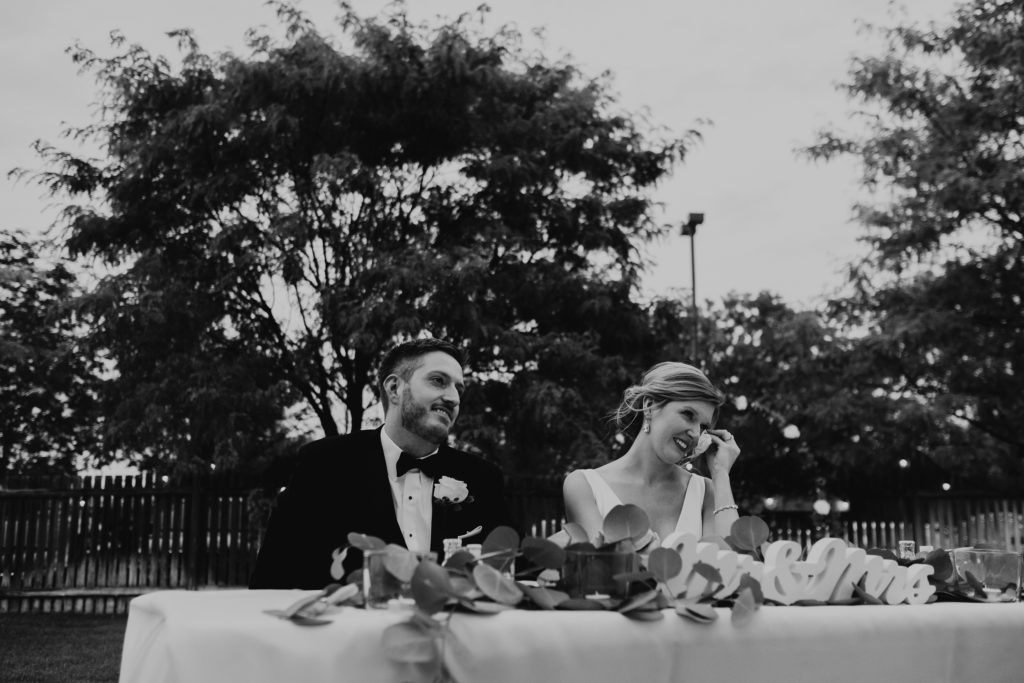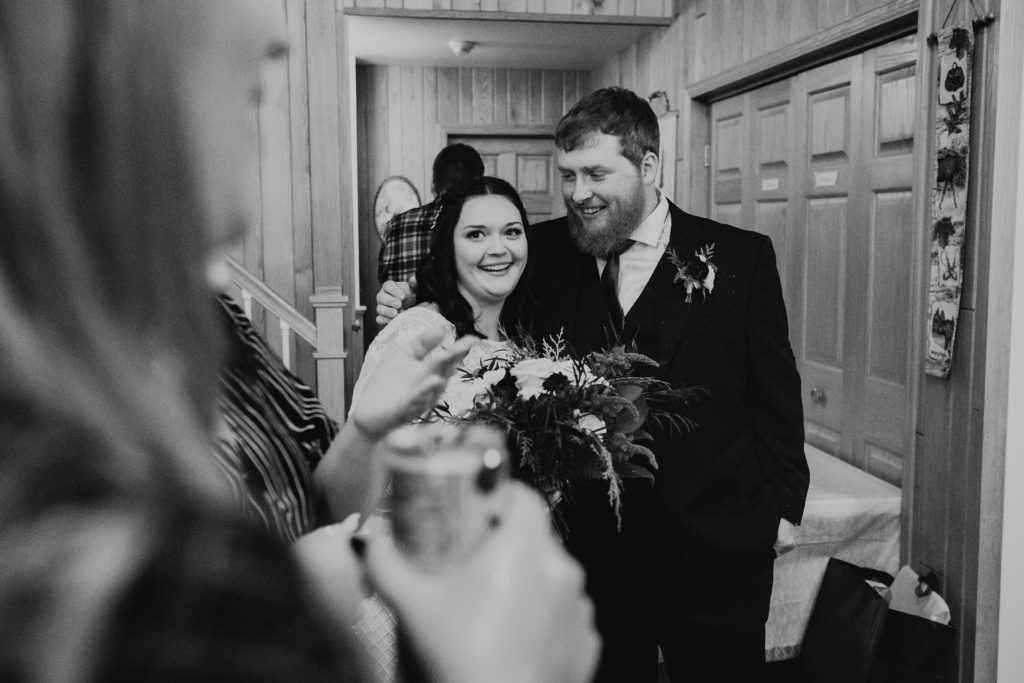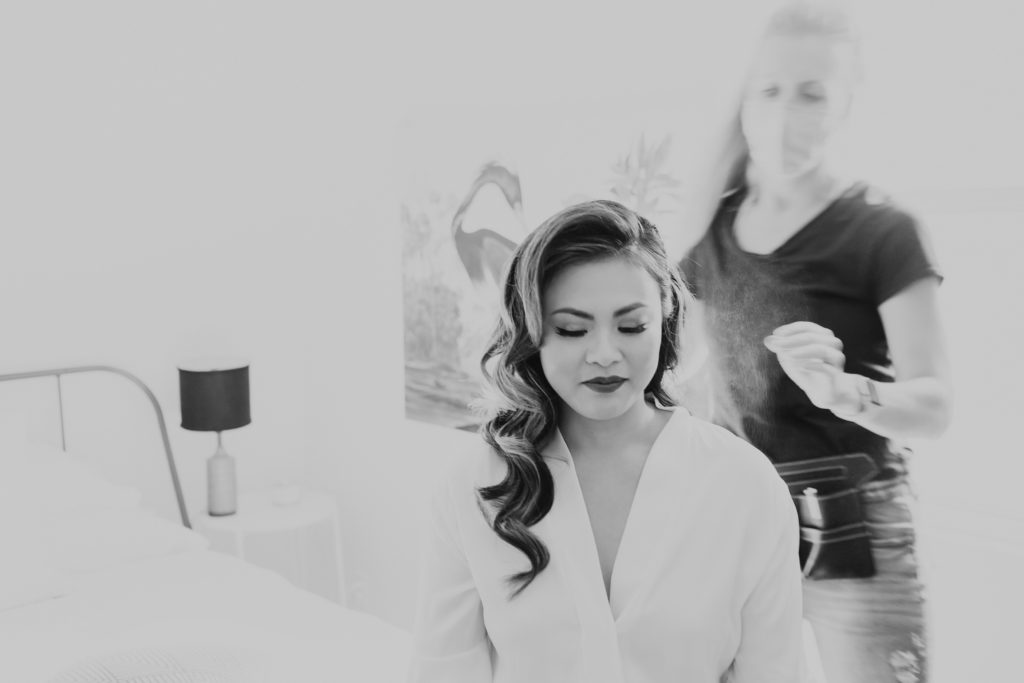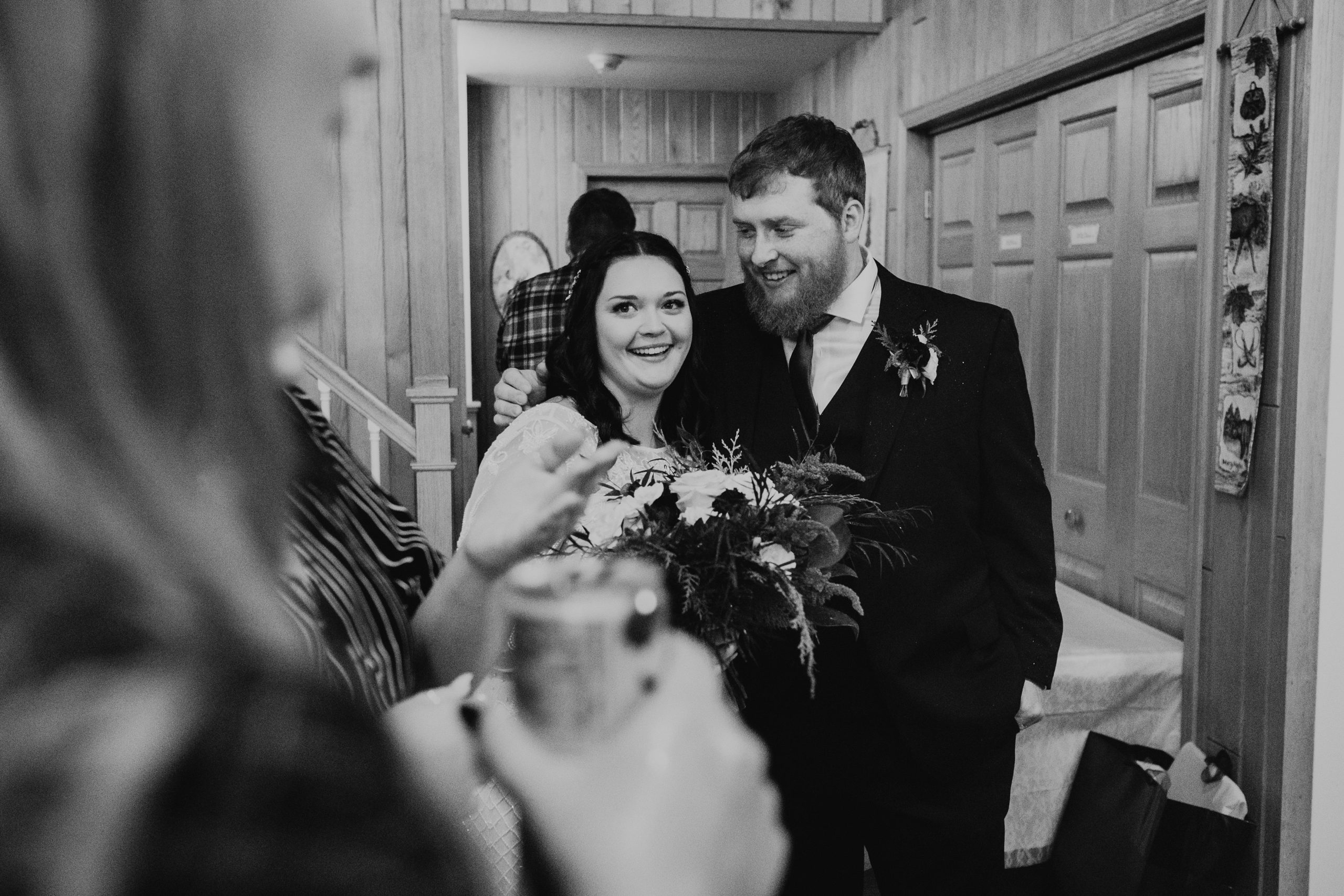10 years. That’s how long I was a Canon devotee. My first ever camera was a Canon T1i, a 15mp camera that at the time, was a ridiculously pretty penny to spend, at nearly $600 (now, you can pick up a used one for only about $100). I grew from there, constantly upgrading and trading in the next camera for one slightly better every other year or so until I purchased my “dream” camera, the Canon 5D Mark IV.
But here’s the reality of that – I had never used any other camera system. I had never put my hands on a Nikon or a Fuji or an Olympus or Sony. I had no idea what else there was in the world. And that “dream” Mark IV? Basically only a dream because it was really nice. The Mark IV didn’t make my work any better, any more meaningful, any more impactful. There’s no doubt that once Canon announced it’s even more brand new system (EOS R, anybody?) that likely would have become my new “dream”.
Rather than focus on my dream camera, I started to focus on the dream work I wanted to create. And that didn’t require the Canon line of cameras.
They will always have a place in my soul, but I’m now working on a system that looks and feels and actually helps me create image that have the feel I’ve always desired – no limitations at all. And for that I’m thankful.
Here’s the breakdown on the different reasons I left the Canon system behind, and why I made the switch to the Fujifilm X series of cameras.

Portability + Size
This was the single biggest factor in my switch from Canon to Fuji. After six wedding seasons, it’s no secret the effects the sheer weight of professional equipment takes on you. My most effective setup for weddings is one camera with a 35mm on my right hip, and one camera with an 85mm on the left. These two cameras + perspectives give me the most common looks for my images, as well as the means to catch any reaction + emotional connection between people, whether it’s close or further away.
In order to use this setup with Canon equipment, I was carrying nearly 10 pounds of camera equipment on me at all times for up to 10 hours straight. Which, 10 pounds might not seem like much, but imagine having a small child or dog hanging from your shoulders for 10 hours straight.
It starts to wear you down.
In addition to the weight, I began running into problems with portability and size. The 5D Mark IV, while a beautiful piece of equipment, is not exactly small. Actually, frequently, I was told it was rather intimidating.
That’s not a very welcoming environment for somebody to be able to stealthily take meaningful images of somebody.
When I caught wind that the Fujifilm equipment was essentially 3 pounds and as small as a point-and-shoot camera, I was sold. I was sold so fast, my brain hadn’t even caught up to the fact I was sold, and I was in denial about it for weeks.
You see, when you want to take a meaningful image of somebody, you have to understand what they’re going through. And I know how scary those big cameras are. But when you present somebody with a camera that’s nearly the size of their cell phone, the amount of fear they feel drastically decreases – to nearly nonexistent. Suddenly I’m welcome into spaces purely because I’m not perceived as a threat, and I’m not noticed nearly as fast as I was previously – meaning I can get in, get the image, and get out before I’m even comprehended as there.
All of this to sum up and say – the feeling on my body is easier, and the experience is less scary for anybody on that side of my camera. And the results have been astounding.

Expense
Canon gear is HELLA expensive. I think the amount of money that professional photographers spend has been so normalized at this point, that people don’t even stop to question it anymore. It’s become a part of what it takes to succeed.
Except, it’s not.
Those 10 pounds of equipment that I used to carry daily cost me over $7,000. For two cameras, two lenses, the harness and batteries. SEVEN THOUSAND DOLLARS. And that was the pricetag of that setup used.
You might say to me, “Makayla, it’s a part of the game”. “It’s how the rat race works”. And “those cameras are incredible quality”. While parts of that may be true, it’s also reasonable to say: you’re likely buying that Canon gear because you believe your work is inherently better on that system, on those expensive cameras, without having tried anything else.
The full used price of the exact same setup with Fuji equipment is around $3600. This means I could literally purchase two entire Fujifilm wedding photographer setups for the cost of a single Canon one. This gives me more flexible in the lenses I own, in the ability to replace a piece of equipment, a backup scenario in case something breaks. It creates more safety nets than suddenly having to drop 4k on a body-only camera (the running EOS R price). And this seems much more reasonable to me.
Client Perception
People expect photographers to look a certain way. The general public has come to expect large cameras, big flashes, cute looking backpacks and all black clothing as a signifier of a professional photographer at an event. This isn’t to say that these details are bad or should be avoided – there is a distinct benefit of fitting the mold when it comes to looking like a professional photographer.
However, with my approach and my desires in the photographs I take, I want the exact opposite – I don’t want people to know I’m the professional. I want to be ignored, to fall into the wallpaper, to be forgot about. My ego has no place at a wedding, and I need to look and feel like a guest in order to blend in, and create images that feel like they were taken by guests.
Fuji cameras don’t look like serious, professional cameras. They have a nearly toy-like look to them, and are so small that most folks won’t take you seriously seeing you with it. Not taking it seriously means they don’t self-correct their behavior, and I’m given a glimpse into who these characters in this story truly are.
Beyond being inconspicuous and blending, smaller cameras also change the client perception of what it’s like to be photographed. Large equipment and lenses can be threatening, scary, and intimidating. There’s a seriousness to equipment that feels looming. But when being photographed by something just larger than a cell phone, there’s less self-consciousness, less fear. More people are willing to treat a camera like this like a photo booth, which is definitely the most real representation of who somebody is. Small equipment at weddings gives me the freedom to get closer, to not interfere, to be stealthier and more ubiquitous. While larger cameras and high-end equipment is great for commercial work and billboards, weddings need a different approach.

Analog Sense of Controls
The Fuji system of cameras feels like old film cameras – likely why I feel so much more inspired by them. I started my career on film and now it feels like I’m getting back to the roots of why I loved this path in the first place.
Features on the Fuji system – like the manual aperture rings, also force me to constantly think about the settings I’m using and why I’ve chosen them. On the Canon system, it was quite easy to set-it-and-forget-it, and I’d basically end up shooting the whole day on the same aperture.
Combine that with the electronic viewfinder (I never mess up exposure) and the near-silent electronic shutter options (no more interruption first looks or ceremonies!) I’ve taken back control over the things that derailed me before.
The Takeaway – Know Why You Choose the Gear You Do
After 10 years on a system that I couldn’t tell you why I chose (“it’s nice?”) I’m now settled into a line of cameras that actually encourages and supports my goals and that of my couples as well. Trading in my full-frame highly-sought-after 5D Mark IV for the crop-sensor why-the-heck-are-you-shooting-on-that X-T3 has been a top three best decisions of my career.
It boils down to this: if you can’t list, bullet by bullet, why you’ve chosen the equipment you have – you haven’t really chosen it. You haven’t experience enough other gear to know that it’s truly what you prefer. So take some money next season, and spend time renting gear from different brands, and see if what you think fits you well is really just an oversized coat the could fit anybody.
Find what’s best for you – and unapologetically never look back.
M
P.S. The colors are really great too 🙂

[…] a real life example? In 2020, I ditched my high-end full-frame Canon gear for crop-sensor Fuji. And the results were incredible. You can make your own rules, and forge your own path for your images.[…]